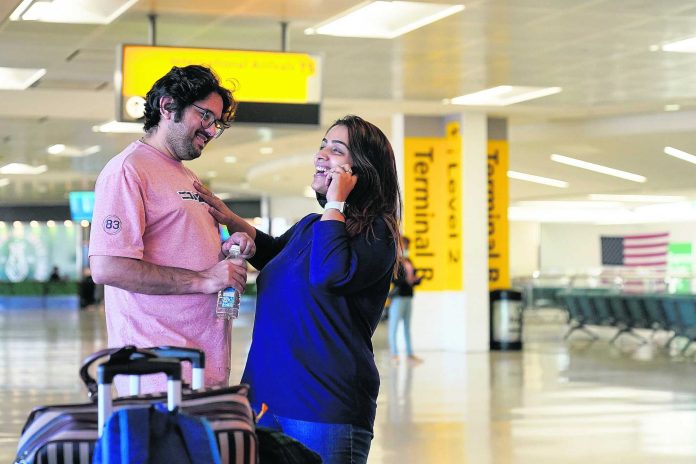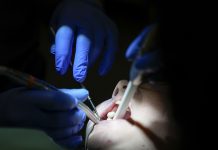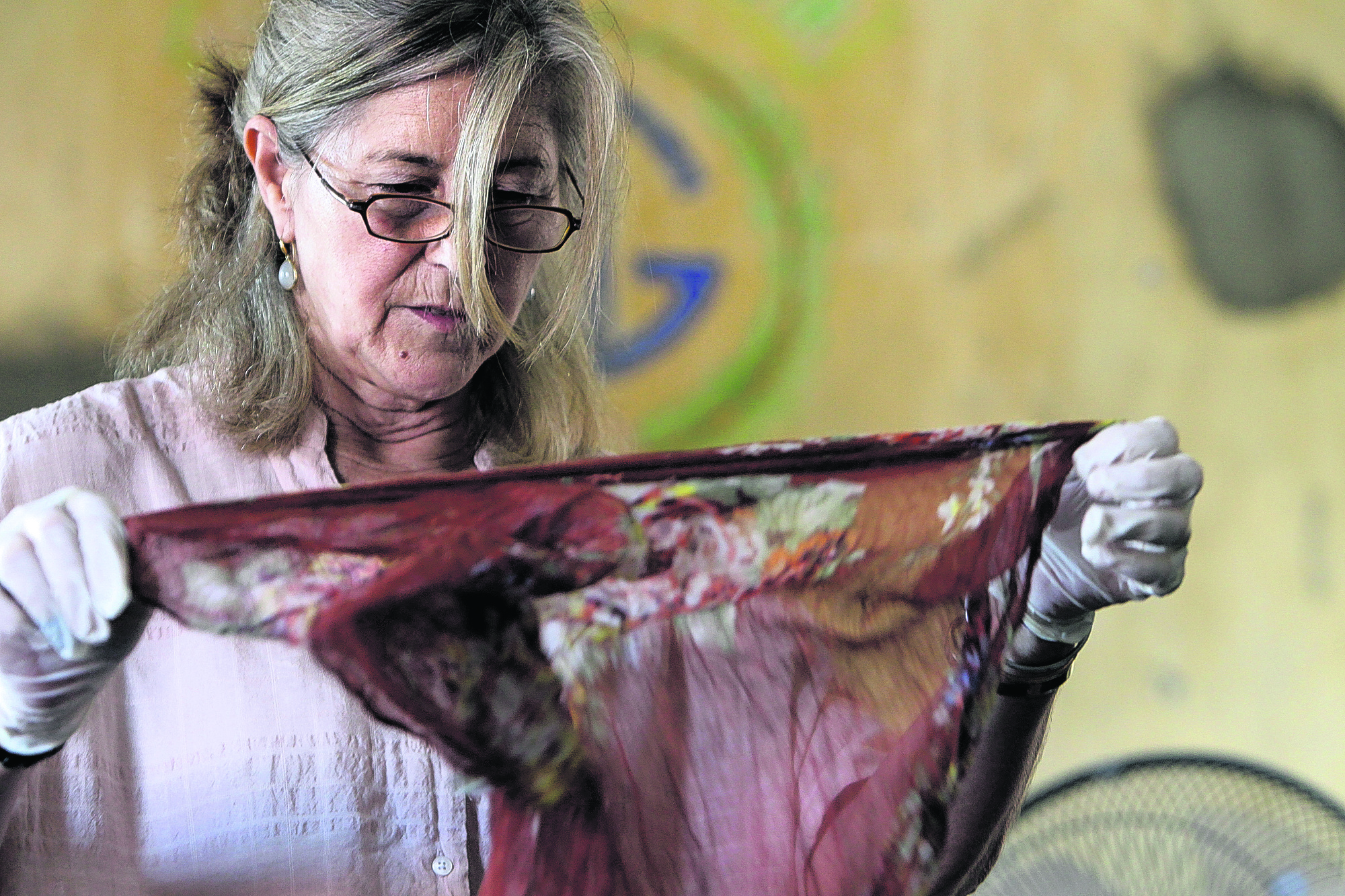
By ELLIOT SPAGAT and JOHN LEICESTER Associated Press
SAN DIEGO (AP) — The U.S. fully reopened its borders with Mexico and Canada on Monday and lifted restrictions on travel that covered most of Europe, setting the stage for emotional reunions nearly two years in the making and providing a boost for the travel industry decimated by the pandemic.
The restrictions, among the most severe in U.S. history, kept families apart, including spouses who have not been able to hug in months, grandparents whose grandchildren doubled in age since they last saw them, and uncles and aunts who have not met nieces and nephews who are now toddlers.
Lines moved quickly Monday morning at San Diego’s border with Mexico, the busiest crossing in the United States, despite the added checks for vaccinations required to enter the country.
The new rules also allow air travel from a series of countries from which it has been restricted since the early days of the pandemic — as long as the traveler has proof of vaccination and a negative COVID-19 test.
American citizens and permanent residents were always allowed to enter the U.S., but the travel bans grounded tourists, thwarted business travelers and often separated families.
Gaye Camara was already imagining her reunion with her husband, who she has not seen since before COVID-19 brought the fly-here-there-and-everywhere world to a halt.
“I’m going to jump into his arms, kiss him, touch him,” said Camara, 40, as she wheeled her luggage through Paris’ Charles de Gaulle airport, which could almost be mistaken for its pre-pandemic self, busy with humming crowds, albeit in face masks.
When Camara last saw him in January 2020, they had no way of knowing that they’d have to wait 21 months before holding each other again. She lives in France’s Alsace region, where she works as a secretary. He is based in New York.
“It was very hard at the beginning. I cried nearly every night,” she said.
Video calls, text messages, phone conversations kept them connected — but couldn’t fill the void of separation.
“I cannot wait,” she said. “Being with him, his presence, his face, his smile.”
Airlines are preparing for a surge in activity — especially from Europe — after the pandemic and resulting restrictions caused international travel to plunge.
The 28 European countries that were barred under the U.S. policy that just ended made up 37% of overseas visitors in 2019, the U.S. Travel Association says. As the reopening takes effect, carriers are increasing flights between the United Kingdom and the U.S. by 21% this month over last month, according to data from travel and analytics firm Cirium.
In a sign of the huge importance of trans-Atlantic travel for airlines, British Airways and Virgin Atlantic celebrated the reopening by synchronizing the departures of their early-morning flights to New York on parallel runways at London’s Heathrow Airport. BA CEO Sean Doyle was aboard his company’s plane.
“Together, even as competitors, we have fought for the safe return of trans-Atlantic travel — and now we celebrate that achievement as a team. Some things are more important than one-upmanship, and this is one of those things,” Doyle wrote in a message to customers, noting that the flight carried the number that used to belong to the supersonic Concorde.
For Martine Kerherve, being separated from loved ones in the United States was filled with worries that they might not survive the pandemic that has killed more than 5 million people worldwide.
“We told ourselves that we could die without seeing each other,” said Kerherve, who was heading for Fort Lauderdale, Florida, from Paris. “We all went through periods of depression, anxiety.”
Before the pandemic, it was a trip Kerherve and her partner, Francis Pasquier, would make once or twice a year. When they lost that, “we lost our bearings,” Pasquier said.
Maria Giribet, meanwhile, has not seen her twin grandchildren Gabriel and David for about half of their lives. Now 3 1/2, the boys are in San Francisco, which during the height of the pandemic might as well have been another planet for 74-year-old Giribet, who lives on the Mediterranean isle of Majorca.
“I’m going to hug them, suffocate them, that’s what I dream of,” Giribet said after checking in for her flight. A widow, she lost her husband to a lengthy illness before the pandemic and her three grown children all live abroad.
“I found myself all alone,” said Giribet, who was flying for the first time in her life by herself.
On the U.S. borders with Mexico and Canada, where traveling back and forth was a way of life before the pandemic, the change meant another step toward normalcy.
Malls, restaurants and Main Street shops in U.S. border towns have been devastated by the lack of visitors from Mexico. On the boundary with Canada, cross-border hockey rivalries that were community traditions were upended. Churches that had members on both sides of the border are hoping to welcome parishioners they haven’t seen in nearly two years.
River Robinson’s American partner wasn’t able to be in Canada for the birth of their baby boy 17 months ago. She was thrilled to hear about the U.S. reopening.
“I’m planning to take my baby down for the American Thanksgiving,” said Robinson, who lives in St. Thomas, Ontario. “If all goes smoothly at the border, I’ll plan on taking him down as much as I can.”
It’s “crazy to think he has a whole other side of the family he hasn’t even met yet,” she added.
The U.S. will accept travelers who have been fully vaccinated with any of the shots approved for emergency use by the World Health Organization, not just those in use in the U.S. That’s a relief for many in Canada, where the AstraZeneca vaccine is widely used.
But millions of people around the world who were vaccinated with Russia’s Sputnik V, China’s CanSino or others not OK’d by the WHO won’t be able to travel to the U.S.
The moves come as the U.S. has seen its COVID-19 outlook improve dramatically in recent weeks since the summer delta surge that pushed hospitals to the brink in many locations.



















